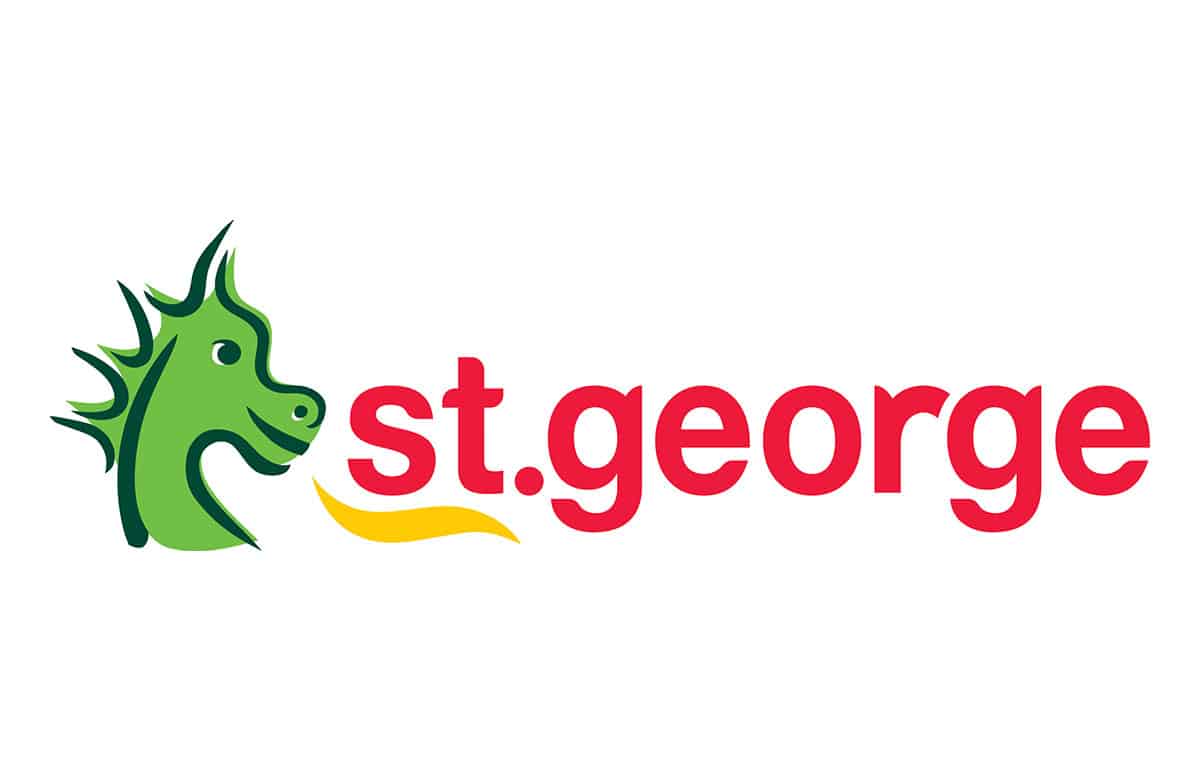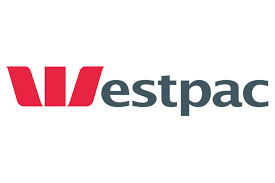Home > Bank Accounts > Inactive Bank Accounts in Australia
Author
Savvy Editorial TeamFact checked
Finding the best bank account can save you hundreds on fees and connect you with the very latest in smart banking technology. Compare bank accounts from a wide variety of providers with Savvy to find the very best offers available on the market right now.

|
|||||||||||||||||||
|---|---|---|---|---|---|---|---|---|---|---|---|---|---|---|---|---|---|---|---|
|
|||||||||||||||||||
Use invite code SAVVY10 for $10 upon successful sign-up. (Refer to offer T&Cs on Up website)More details |
|||||||||||||||||||
 ING Orange Everyday
ING Orange Everyday |
|||||||||||||||||||
|---|---|---|---|---|---|---|---|---|---|---|---|---|---|---|---|---|---|---|---|
|
|||||||||||||||||||
Rebates on ATM fees anywhere in Oz. No ING international transaction fees. Zero monthly fees.More details |
|||||||||||||||||||

|
|||||||||||||||||||
|---|---|---|---|---|---|---|---|---|---|---|---|---|---|---|---|---|---|---|---|
|
|||||||||||||||||||
No monthly account fees ever, with no conditions. Free use at over 7,000 ATMs around Australia. No overdrawn fees if you happen to go over your account balance. Open an account in less than 7 minutes.More details |
|||||||||||||||||||

|
|||||||||||||||||||
|---|---|---|---|---|---|---|---|---|---|---|---|---|---|---|---|---|---|---|---|
|
|||||||||||||||||||
Get $40 with a new Complete Freedom everyday bank account.More details |
|||||||||||||||||||
 Westpac Choice
Westpac Choice |
|||||||||||||||||||
|---|---|---|---|---|---|---|---|---|---|---|---|---|---|---|---|---|---|---|---|
|
|||||||||||||||||||
Westpac Choice for easy day-to-day bankingMore details |
|||||||||||||||||||
Disclaimer: Savvy is not advising or recommending any particular product to you. We provide general information on products for the purposes of comparison, but your personal situation or goals are not considered here. Although we try to make our comparisons as thorough as possible, we do not have information on all products on the market on our site.
You should always consult a given offer's PDS or further documentation in the process of deciding on which loan to choose, as well as seeking independent, professional advice. If you decide to apply with one of the lenders listed above via our website, you will not be dealing with Savvy; any applications or enquiries will be conducted directly with the lender offering that product.
According to the Australian government, there’s about $1.5 billion in lost money in Australia, which is contained in bank accounts, shares, investments and life insurance. Inactive bank accounts are responsible for a large part of this sum. Savvy’s guide to unclaimed bank accounts could help you recover money in bank accounts that you’d forgotten about from long ago, or find assets belonging to deceased relatives who may have passed on a long time ago.
An inactive bank account is one that has seen no activity (debits or credits) for seven years. This is a common occurrence in Australia and may occur for many reasons, including:
From the years of 1959 to 2011, the inactive period before a bank account was forfeited was seven years. However, in late 2011, legislation was changed to reduce this period to three years, which stood from 2012 to 2015.
A strong backlash resulted from this reduction in the inactivity timeframe and the decision was reversed in 2015, with the inactive period returning to the original seven years. It’s important to be aware that any bank accounts, superannuation funds, company shares or dividends which were left unclaimed or inactive between 2012 and 2015 only needed to be left inactive for three years.
Any money in inactive bank accounts is transferred to the Australian Securities and Investments Commission (ASIC), where it is placed in the Commonwealth of Australia Consolidated Revenue Fund. This is the government’s general fund in which all revenue is deposited.
After financial regulation changes were introduced, it was decided that interest would be paid on all unclaimed funds in Australia as of July 1, 2013. You won’t receive interest on unclaimed money which was held before this period. The rate of interest which is awarded to unclaimed money is determined by Australian financial legislation and is as follows:
To calculate how much interest you may be owed, you can use Savvy’s savings calculator to see what the likely interest earnings are for each year your account has sat inactive. To work out multiple years, simply use your total from the end of the previous 12 months to calculate the initial amount for the next year.
ASIC has a website where you can search for unclaimed money. On this site, you’ll be required to enter either your name or your original transaction number (OTN). This is a number which is assigned to each unclaimed bank account by ASIC and will be used by ASIC to identify which account you’re applying to claim.
If you do find a lost bank account in your name, you’ll need to contact the bank or financial institution to claim the inactive account. Keep a note of ASIC’s OTN as this will help them and the bank identify the account you’re claiming. You’ll need to provide evidence to the bank that you’re the rightful owner of those lost funds.
Do NOT pay to search for unclaimed or inactive bank accounts or inheritance money
This service to find unclaimed bank accounts is provided by the Australian government through ASIC entirely free of charge. If you’ve been contacted by an unknown person or company and asked to pay for a search for unclaimed lost money, you may be being targeted by scammers.
Messages will be sent by scammers claiming that millions of dollars in your name are waiting to be claimed in inactive bank accounts and asking you to click on a link to claim your ‘missing millions’. Alternatively, scam messages may say a wealthy distant relative has died and has left you thousands of dollars, again asking you to click a link to claim the money.
If you have received unsolicited text or emails about an inactive bank account, finding lost money or receiving a lost inheritance, you shouldn’t click on any links provided and should delete the scam communication immediately. Such messages may install malware, ransomware or a virus on your device.
No – there’s no time limit set by ASIC for reclaiming money from an inactive bank account. Records are only kept of inactive bank accounts that contained $500 or more.
ASIC’s unclaimed bank account database for savings accounts goes back to 1989. Lost trading bank accounts go back to 1959 and credit union and building society accounts go back to 1992. If you believe you may own a building society account or credit union account which goes back before 1992, contact the state government’s office of state revenue where the account was held or the credit union was originally registered.
This will depend on the source of your lost funds: whether they were lost in an inactive bank account, from a building society or credit union, a superannuation account, in company shares or unpaid dividends. Contact the financial institution, quote the ASIC transaction number (OTN) and the bank will advise you what type of proof they require that you’re the legitimate owner of those funds. Expect to be asked to supply account statements, or your birth certificate or passport details to prove your identification.
ASIC advises that you should allow up to 28 days for them to release the funds from an inactive bank account once ownership proof has been supplied to them from the financial institution.
Quantum Savvy Pty Ltd (ABN 78 660 493 194) trades as Savvy and operates as an Authorised Credit Representative 541339 of Australian Credit Licence 414426 (AFAS Group Pty Ltd, ABN 12 134 138 686). We are one of Australia’s leading financial comparison sites and have been helping Australians make savvy decisions when it comes to their money for over a decade.
We’re partnered with lenders, insurers and other financial institutions who compensate us for business initiated through our website. We earn a commission each time a customer chooses or buys a product advertised on our site, which you can find out more about here, as well as in our credit guide for asset finance. It’s also crucial to read the terms and conditions, Product Disclosure Statement (PDS) or credit guide of our partners before signing up for your chosen product. However, the compensation we receive doesn’t impact the content written and published on our website, as our writing team exercises full editorial independence.
For more information about us and how we conduct our business, you can read our privacy policy and terms of use.
© Copyright 2024 Quantum Savvy Pty Ltd T/as Savvy. All Rights Reserved.
Our consultant will get in touch with you shortly to discuss your finance options.
